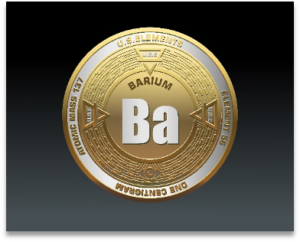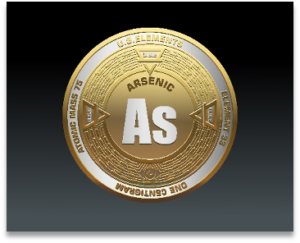As the U.S. strives for mineral independence and reduced reliance on foreign sources, particularly China, the recovery of critical minerals from tailings and mined waste streams has gained increasing attention. The U.S. Department of the Interior has identified a range of critical minerals essential for economic and national security. These include rare earth elements (REEs), lithium, cobalt, and other strategic metals found in mining waste. This article examines the potential advantages and challenges of recovering these materials from U.S. tailings and mined waste streams.
Pros of Critical Mineral Recovery from Tailings and Mined Waste Streams
1. Resource Efficiency and Waste Reduction
Mining waste streams contain valuable residual minerals that were either unrecognized or technologically unrecoverable at the time of original extraction. Advancements in mineral processing allow for the re-extraction of these materials, improving overall resource utilization and reducing waste disposal needs.
2. Domestic Supply Chain Security
Extracting critical minerals from U.S. mining waste supports efforts to reduce dependence on foreign sources, particularly China, which dominates global critical mineral supply chains. By leveraging domestic resources, the U.S. can enhance national security and economic stability.
3. Environmental Benefits
Recovering minerals from tailings mitigates environmental hazards associated with waste storage, such as heavy metal leaching, acid mine drainage, and tailings dam failures. Repurposing existing waste reduces the need for new mining projects, lowering land disturbance and ecosystem disruption.
4. Economic and Job Creation Opportunities
The recovery of critical minerals from mining waste creates new economic opportunities, particularly in rural and mining-dependent communities. Developing innovative recovery technologies fosters domestic industry growth and supports high-skilled jobs in engineering, metallurgy, and environmental remediation.
5. Alignment with Sustainability and Circular Economy Goals
The concept of a circular economy emphasizes reusing resources rather than discarding them. Extracting valuable minerals from mining waste aligns with sustainability initiatives by minimizing raw material extraction and maximizing resource efficiency.
Cons of Critical Mineral Recovery from Tailings and Mined Waste Streams
1. High Processing and Technological Costs
Recovering critical minerals from tailings often requires advanced separation and refining technologies, which can be costly to develop and implement. Many waste streams have low mineral concentrations, requiring extensive processing that may not always be economically viable.
2. Variability and Uncertainty of Resource Content
The composition of tailings varies significantly based on the original ore deposit and extraction methods used. Some waste streams may contain insufficient quantities of critical minerals to justify recovery efforts, leading to economic uncertainty and project risk.
3. Regulatory and Permitting Challenges
Although repurposing mining waste may face fewer regulatory hurdles than new mining projects, permitting requirements still pose challenges. Environmental assessments, water usage considerations, and compliance with federal and state regulations can complicate project development.
4. Environmental and Health Risks
Processing mining waste can release hazardous substances, including heavy metals and radioactive elements, into surrounding environments if not managed properly. Careful handling and mitigation measures are required to prevent air and water contamination, ensuring worker and community safety.
5. Market and Supply Chain Integration Challenges
Even if recovered minerals meet industry standards, integrating them into existing supply chains can be complex. Companies must secure buyers, meet stringent quality requirements, and establish reliable logistics to ensure profitability and scalability.
Conclusion
The recovery of critical minerals from U.S. tailings and mined waste streams presents a promising opportunity to enhance domestic mineral independence, promote sustainability, and reduce environmental impact. However, the process is not without challenges, including technological limitations, economic feasibility concerns, and regulatory hurdles. Addressing these issues through continued research, investment in processing innovations, and supportive policies can unlock the full potential of these secondary resources, positioning the U.S. as a leader in sustainable mineral production.







